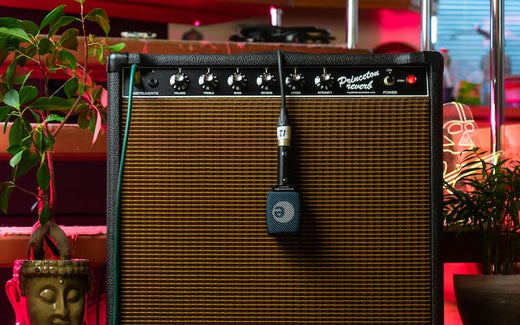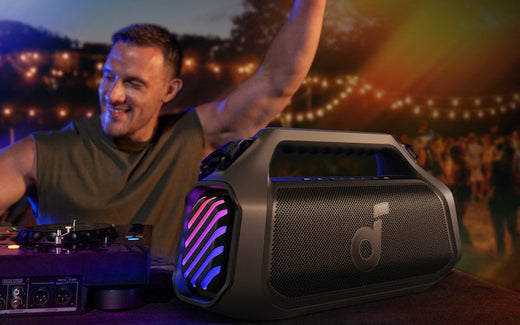Speakers Blog

How to Connect Speaker to Microphone: Wired and...
Wondering how to connect speaker to microphone? Whether you're setting up for a live performance, giving a presentation, or simply trying to enhance your audio setup, understanding the methods to...
How to Connect Speaker to Microphone: Wired and...
Wondering how to connect speaker to microphone? Whether you're setting up for a live performance, giving a presentation, or simply trying to enhance your audio setup, understanding the methods to...

How to Do Karaoke at Home: Step-by-Step Guide f...
Wondering how to do karaoke at home and have a blast without stepping foot in a crowded karaoke bar? You're in the right place! Setting up karaoke at home is...
How to Do Karaoke at Home: Step-by-Step Guide f...
Wondering how to do karaoke at home and have a blast without stepping foot in a crowded karaoke bar? You're in the right place! Setting up karaoke at home is...

How to Do Karaoke with a Speaker and Microphone...
Karaoke is one of the best ways to have a blast with friends or family, and getting the right setup can make all the difference. If you're wondering how to...
How to Do Karaoke with a Speaker and Microphone...
Karaoke is one of the best ways to have a blast with friends or family, and getting the right setup can make all the difference. If you're wondering how to...

Discover the 5 Best Karaoke Speakers in 2025 to...
Looking for the best karaoke speakers to make your next sing-along unforgettable? Whether you're hosting a party, practicing at home, or just having fun with friends, the best karaoke speaker...
Discover the 5 Best Karaoke Speakers in 2025 to...
Looking for the best karaoke speakers to make your next sing-along unforgettable? Whether you're hosting a party, practicing at home, or just having fun with friends, the best karaoke speaker...

Choosing the Best Speaker with Microphone: Top ...
When you're planning an event, whether it's a fun party, a presentation, or a karaoke night, having the right sound setup is key. If you want to make sure everyone...
Choosing the Best Speaker with Microphone: Top ...
When you're planning an event, whether it's a fun party, a presentation, or a karaoke night, having the right sound setup is key. If you want to make sure everyone...

soundcore Rave 3S Party Speaker Buying Guide: H...
Planning your next party or outdoor hangout? Whether you’re throwing a house party, grilling at a BBQ, camping with friends, or chilling by the pool, you need a speaker that...
soundcore Rave 3S Party Speaker Buying Guide: H...
Planning your next party or outdoor hangout? Whether you’re throwing a house party, grilling at a BBQ, camping with friends, or chilling by the pool, you need a speaker that...